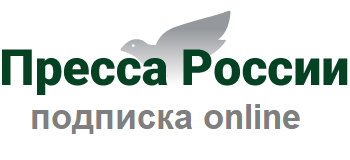Arguments in favour of the fact that the common Moscow cultivated poplar (cultivar) with oval leaves and sharply retracted leaf apex in the form of a narrow ‘spout’ 1–2 cm long, as well as with slightly sagging (‘weeping’) branch ends, is Populus × rasumovskoe R.I. Schrod. ex Wolkenst., i.e. Razumovskii poplar. It originated on the territory of the Moscow (Petrovskaya) Agricultural Academy as a result of spontaneous hybridisation of P. nigra and P. suaveolens in the second half of the 19th century, was noticed and vegetatively propagated by the gardener R.I. Schroder, and in 1882 it was exhibited and sold at the agricultural exhibition in Petrovsko-Razumovskoe. That same year it was very briefly but accurately described by P.E. Wolkenstein (1882), who visited the exhibition. There are no convincing competing descriptions of Razumovsky poplar made in Russia or abroad. After a series of wars and revolutions in the early 20th century, the link between generations was broken, and the Razumovsky poplar (its appearance) was forgotten in Russian landscaping, but it did not disappear, it was used without a name or under erroneous names. It is possible that Razumovsky poplar is a returning hybrid, as the traits of P. suaveolens are better expressed. Such composition and correlation of parental species are confirmed by morphological and molecular-genetic, as well as partly by historical and geographical data.
Keywords: molecular genetic diversity, Moscow landscaping, Populus × rasumovskoe, Populus × sibirica, R.I. Schroeder, Razumovsky’s poplar, targeted deep sequencingAll articles can be accessed under Creative Commons Attribution 4.0 International Public License (CC BY 4.0).












